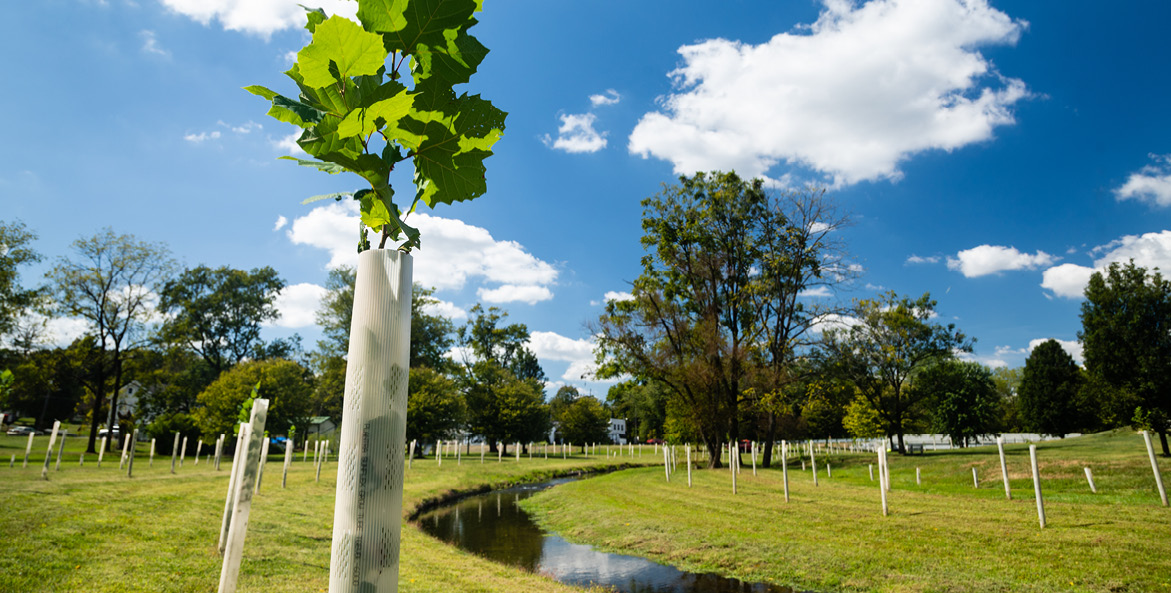The Chesapeake Bay is the nation's largest estuary, its beauty and abundant resources attracting human settlements for more than 10,000 years, with increasingly dramatic impacts. Over time, the Bay has lost half of its forested shoreline and more than half its wetlands. And its oyster population and underwater grasses are tiny fractions of their historical abundance. Across the watershed, approximately 5 million acres of once-untouched land were developed by 2021, 12.5 percent of land in the watershed. In addition, agriculture accounted for 9.7 million acres, or 24 percent [Data Source: National Land Cover Dataset, 2021].
Development has continued across Pennsylvania, Maryland, and Virginia at a rate between 20,00 to 40,000 acres per year. As a result, the health and resilience of the Bay is in peril. Although we will never return to the level of abundance experienced prior to colonization and development, CBF is fighting to return this fragile ecosystem to balance.
Restoring Healthy Soils
CBF works one-on-one with farmers to implement regenerative agriculture practices that keep valuable nutrients and soil on the land—rather than in the water. These practices, which include rotational grazing, planting cover crops, and planting streamside buffers, also help improve farms' resilience to climate change and support vibrant agricultural economies that allow thousands of farms across the watershed to survive and thrive. Learn how regenerative agriculture practices are helping local farmers succeed.
Planting Trees on Farms, Along Streams, and in Urban Communities
Trees provide countless environmental, health, and economic benefits. At a time when the Chesapeake Bay watershed is struggling to meet water quality goals, planting trees remains one of the most successful and cost-effective solutions to reducing polluted runoff and cleaning local waterways. Through our tree planting initiatives, CBF staff and volunteers work directly with landowners and community groups to plant trees along rivers, streams, and shorelines, as well as in urban neighborhoods.
Forested stream buffers cool streams (important for sensitive fish and other aquatic species), improve water quality, stabilize stream banks against erosion, and provide critical habitat for wildlife. Planting trees also reduces the effects of climate change.
Many urban areas suffer from inequities in tree canopy caused by poor urban planning and historic racially motivated housing discrimination. Urban trees help reduce dangerous heat islands. They combat flooding, help reduce crime rates, and improve air quality. Here are just a few stories of how urban restoration is helping communities in Baltimore, West Philadelphia, and Richmond.
Restoring Native Oysters
Native oysters filter pollutants out of the Bay and their reefs provide crucial habitat for fish, crabs, and other Bay species. To reverse centuries of pollution, overharvesting, and disease that left oyster populations at a fraction of their historic levels, CBF restoration teams, volunteers, and partners raise juvenile oysters and work from the bottom up to rebuild reef habitat in targeted restoration areas. Learn more about our oyster restoration work in Maryland and Virginia.
Protecting Our Waterfront
Another form of restoration that protects water quality is the living shoreline. CBF works with landowners to create living shorelines along river and Bay waterfront using native wetland plants and grasses. This not only prevents erosion, it combats the impact of climate change, captures sediment, restores habitat, and filters pollution.
From Our Blog
-
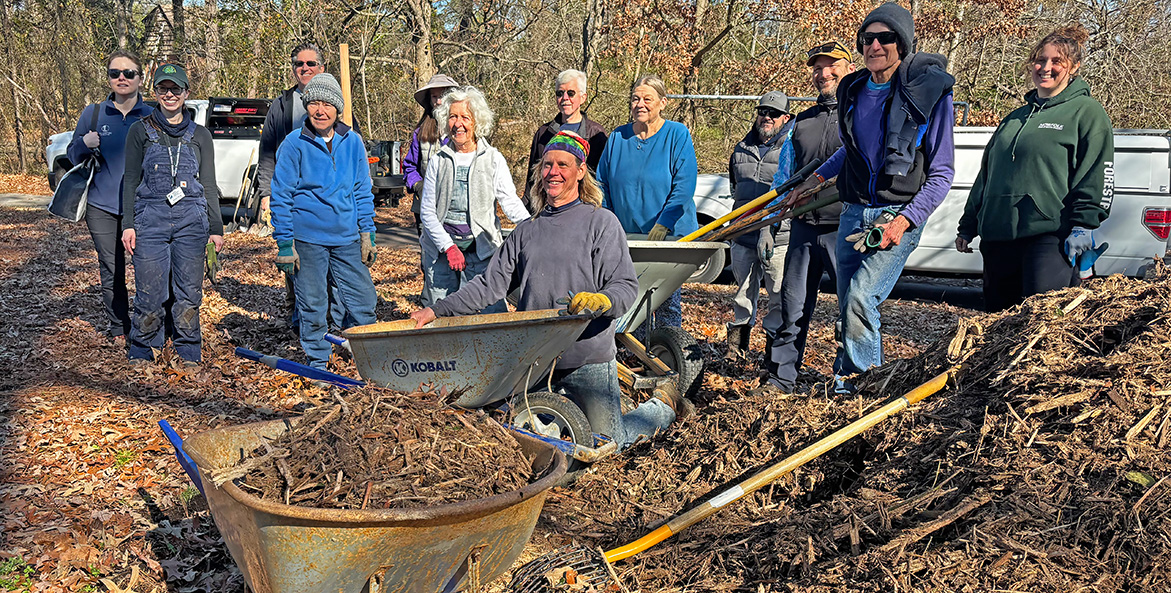
In Virginia, Hope Grows on Trees
February 21, 2024
Virginia’s trees are disappearing. A tree planting in Norfolk—and conservation efforts from state lawmakers—offer signs of hope.
-
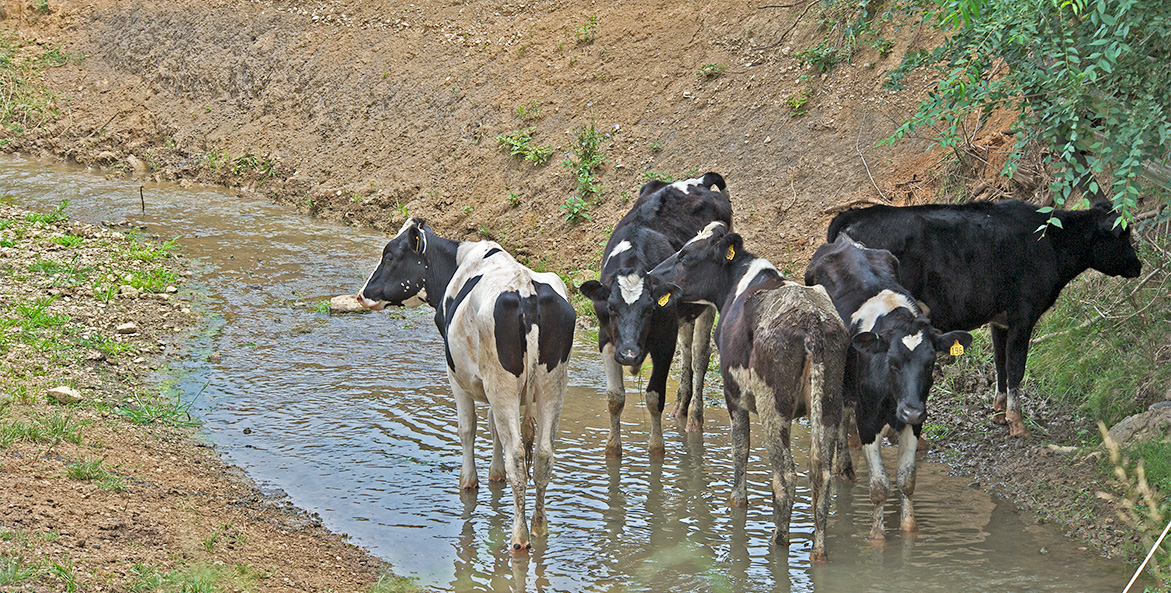
Let's Pay Farmers for Outcomes That Restore Virginia Rivers, Streams, and the Chesapeake Bay
December 29, 2023
To create healthier rivers and streams for future generations Virginia legislators could launch a new pilot program that pays farmers based on how much cleaner they leave nearby waterways.
-
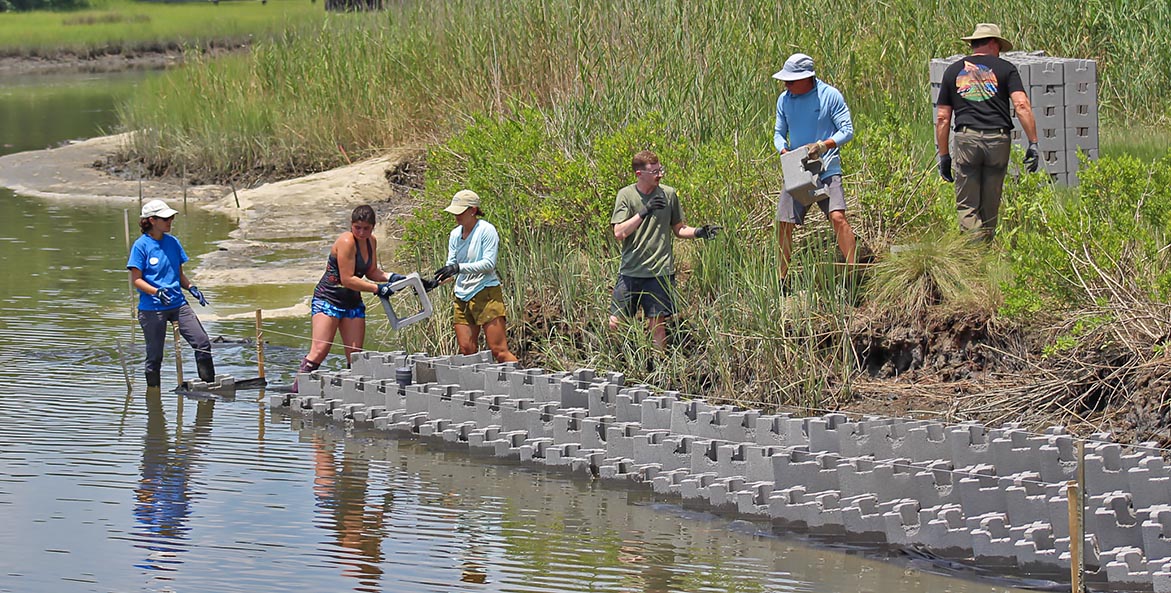
Save the Bay Newsletter: Living Shorelines, Urban Farms, and People-Centered Conservation
November 16, 2023
This month, we discuss what it means to center people in conservation. When we do it successfully, it not only moves watershed restoration forward, but also builds community.
-
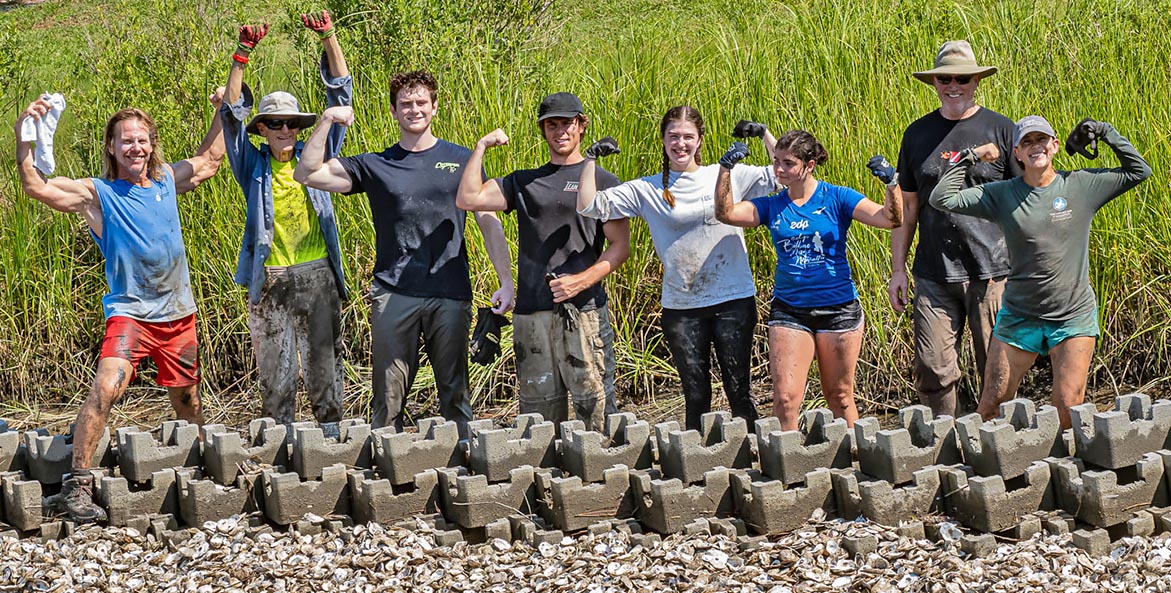
Living Shoreline Builds Resilience—and Community
November 8, 2023
This summer, roughly 90 volunteers from all walks of life came together for 10 weeks to restore waterfront in Portsmouth, Virginia. Community and comradery ensued.
-
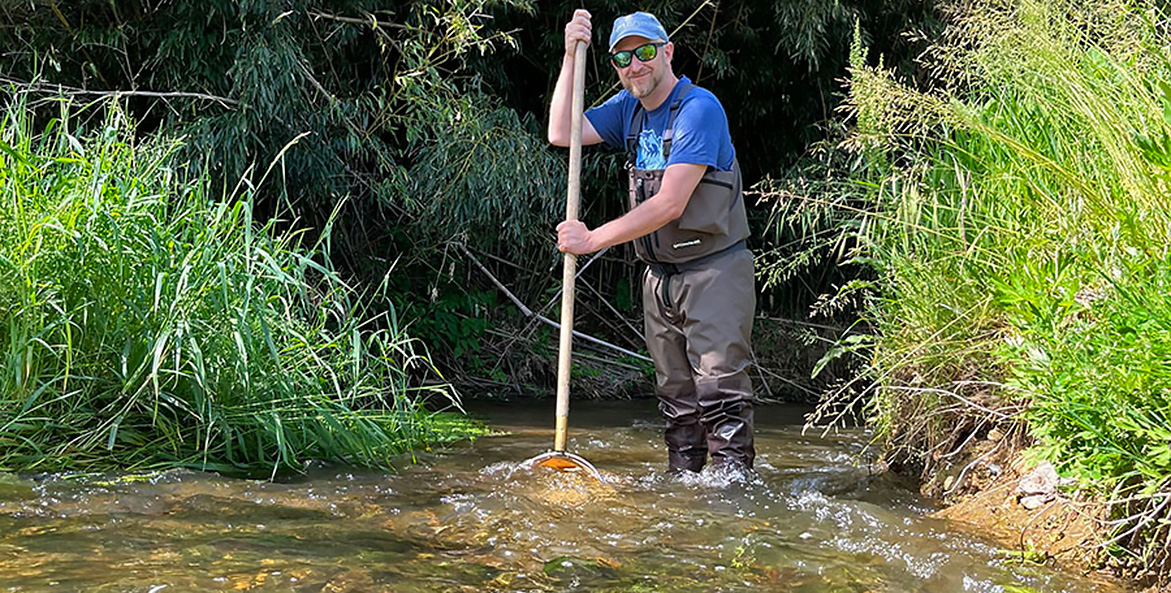
Tackling Pollution Hotspots
October 18, 2023
CBF’s Brian Gish discusses the pollution challenges in Pennsylvania’s Lancaster County and the best way to approach them.
-
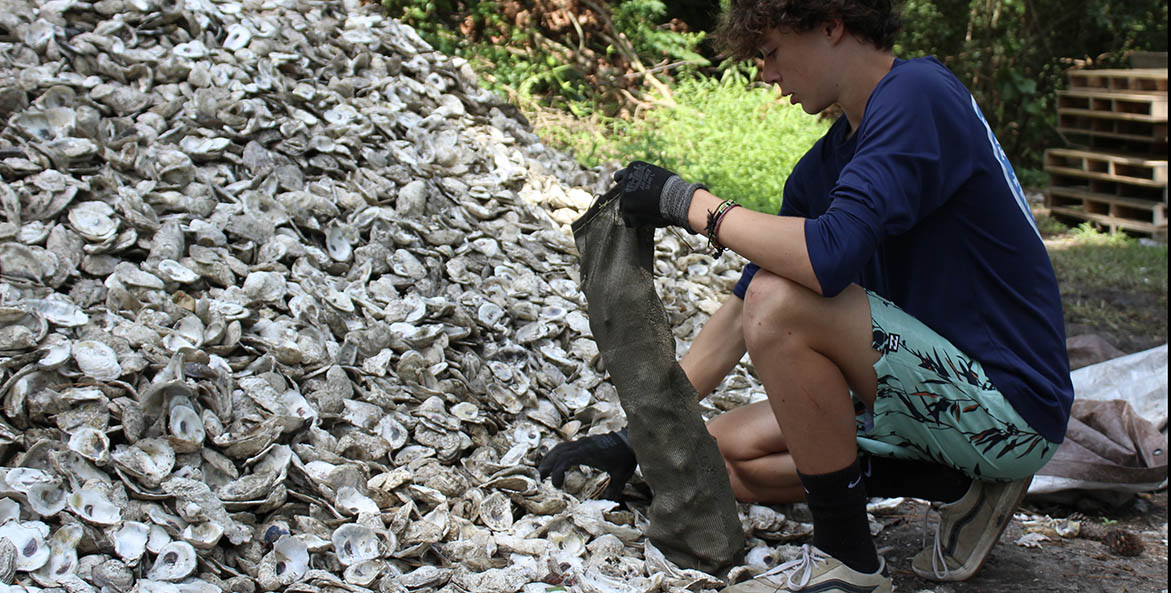
Oyster Innovation on Living Shoreline
August 23, 2023
A Virginia project doubles as a testing ground for the latest innovations in oyster restoration technology.
-
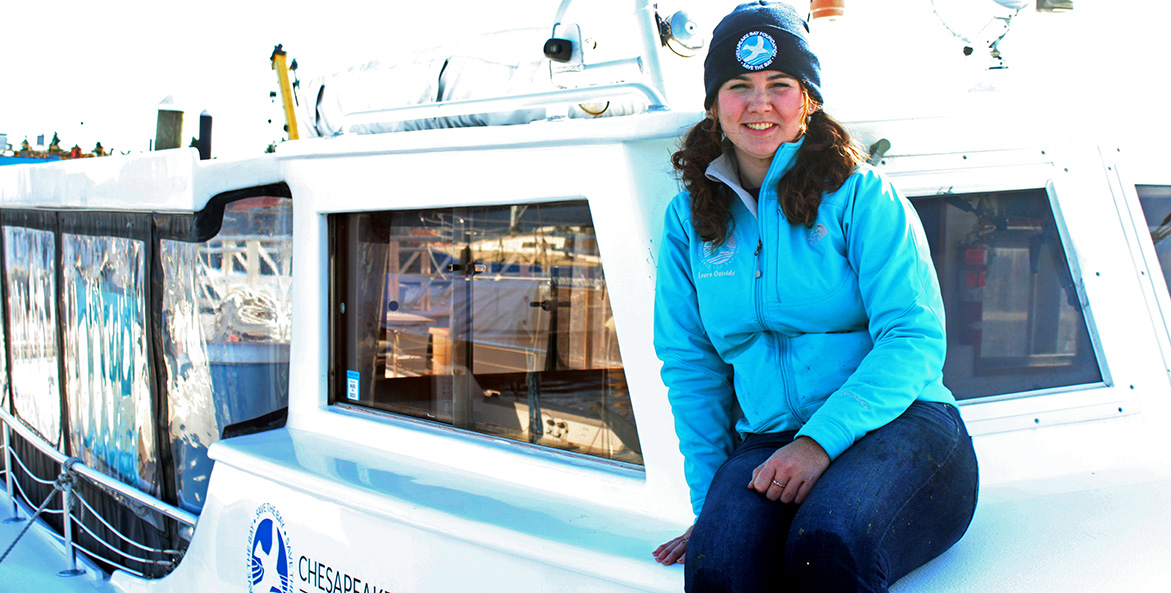
More Than Just a Love of Oysters
January 9, 2023
Former CBF student leader and current Baltimore educator Jess Jenkins describes what brought her back to the Bay.
| Items 1 - 7 of 20 | 1 | 2 | 3 | Next |

